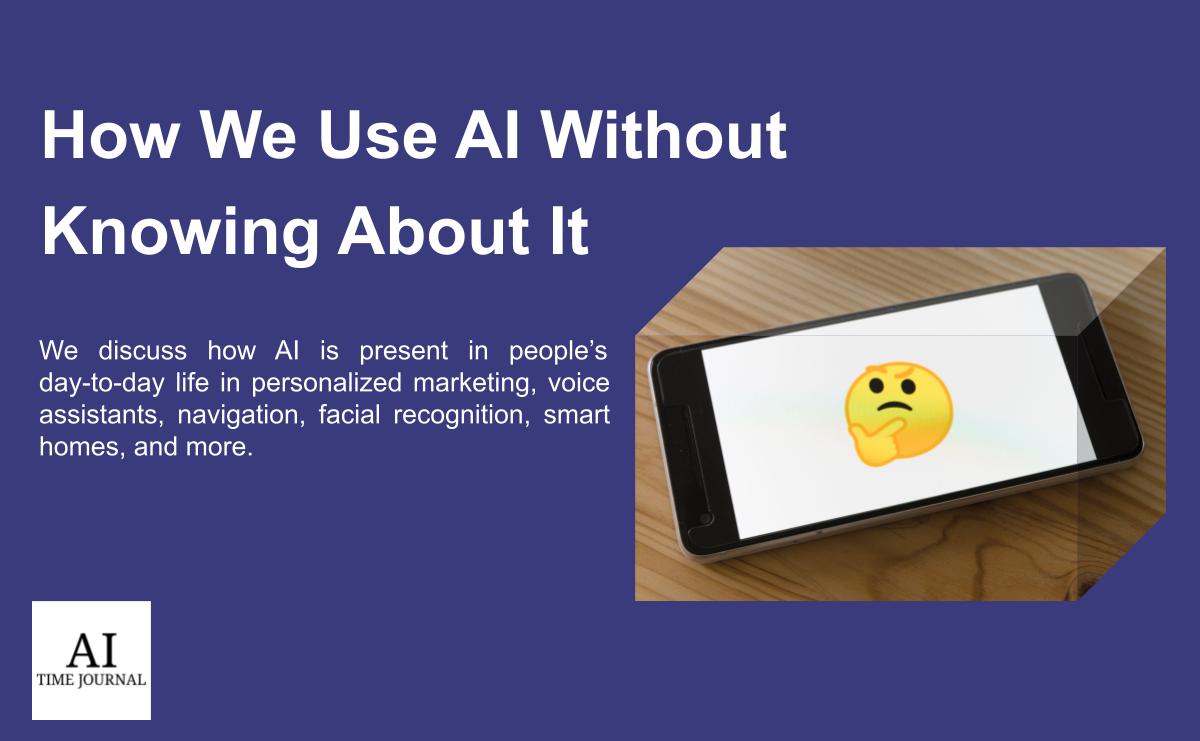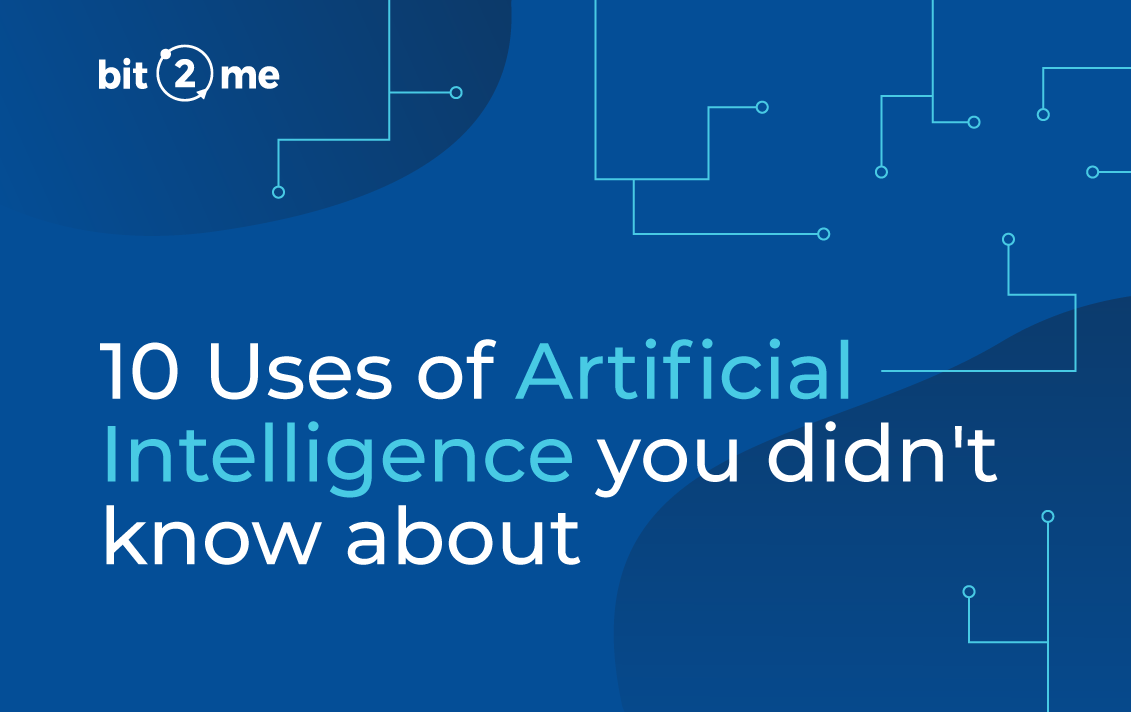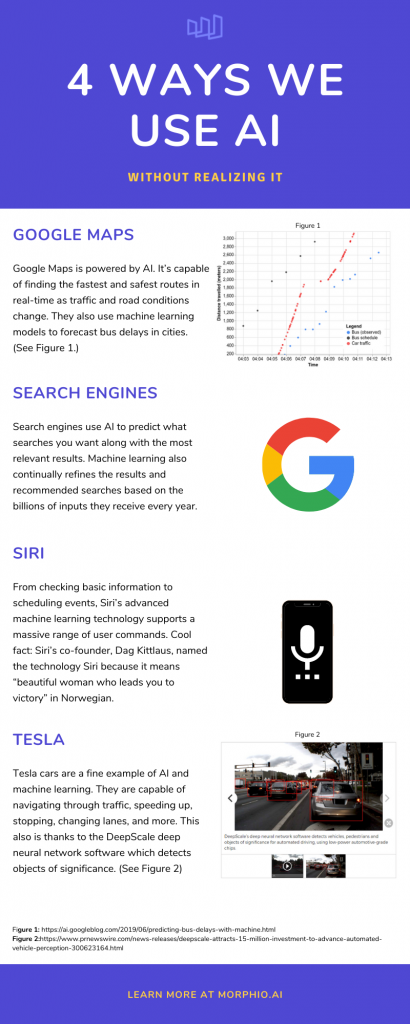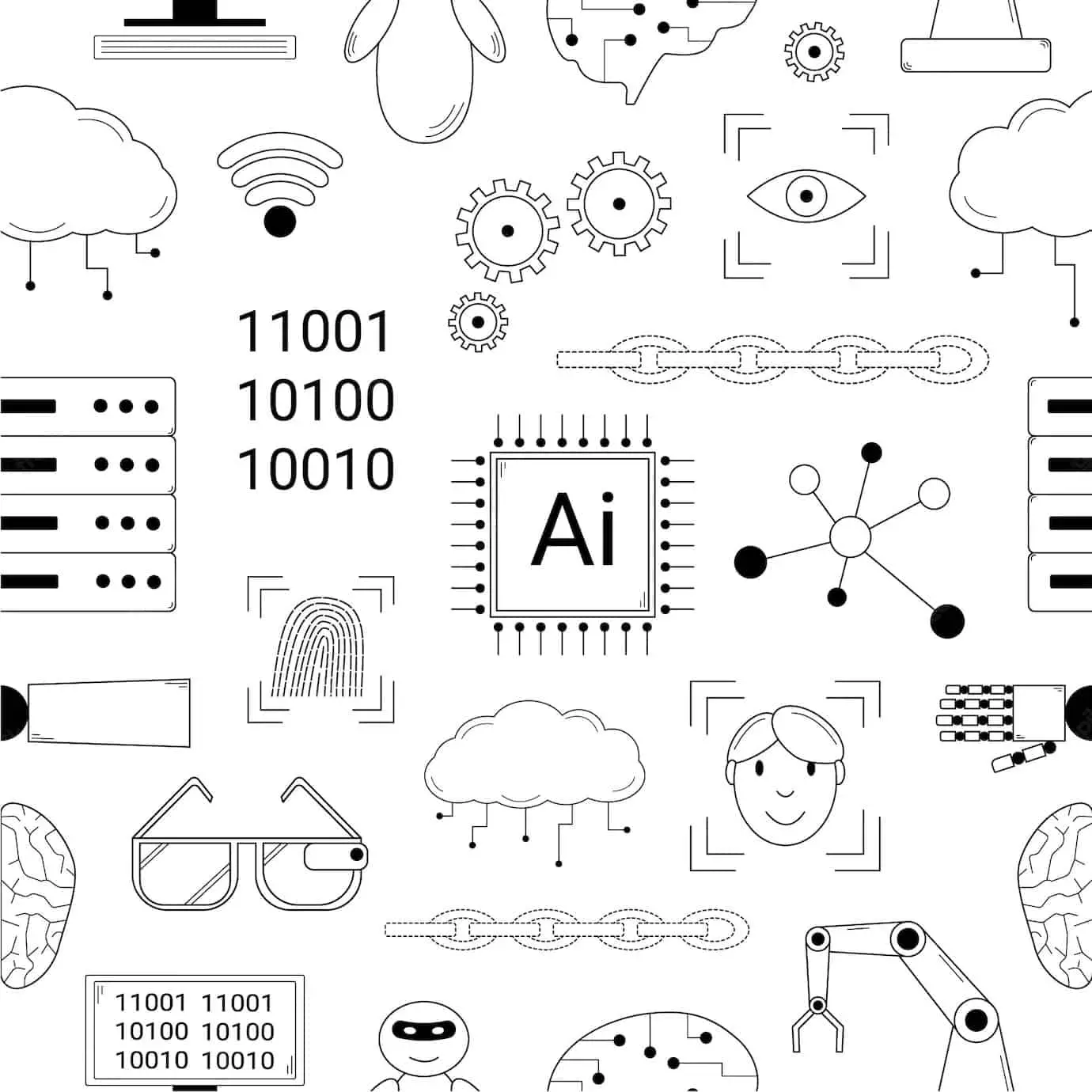Did you know that artificial intelligence (AI) is all around us, silently working behind the scenes? From personalized recommender systems to voice assistants, AI has become an integral part of our daily lives. This article will uncover some fascinating examples of AI that we unknowingly use, highlighting how these technologies have seamlessly integrated into our routines without us even realizing it. Get ready to be amazed by the hidden AI-driven marvels that are shaping the world around you!
Examples of AI We Use Without Knowing
Social Media Algorithms
Have you ever wondered how the posts on your social media feed seem to magically show you things that you’re interested in? That’s because social media platforms, such as Facebook, Instagram, and Twitter, utilize powerful artificial intelligence algorithms to analyze your online behavior and deliver personalized content. These algorithms take into account your browsing history, the pages you follow, the posts you engage with, and even your demographic information. Based on this data, the algorithms determine what content is most likely to keep you engaged on the platform and tailor your feed accordingly.
Smartphone Personal Assistants
If you own a smartphone, chances are you’ve used a personal assistant like Siri, Google Assistant, or Alexa. These voice-activated AI systems help you perform tasks such as making phone calls, sending messages, setting reminders, and even answering questions. They use natural language processing, machine learning, and deep neural networks to understand and interpret your commands. Whether you’re asking for directions, inquiring about the weather, or seeking an answer to a random question, these personal assistants provide instant and accurate responses, making your life easier and more efficient.

Email Filters
Managing your inbox can be a daunting task, especially when it’s flooded with unwanted emails. But did you know that AI plays an essential role in filtering out spam and organizing your emails? Email providers like Gmail use machine learning algorithms to analyze the content of incoming messages, as well as your previous interactions with emails, to identify and classify incoming messages as either important or spam. This helps ensure that your inbox remains clutter-free and that important emails don’t get lost amidst the noise.
Search Engine Suggestions
When you start typing a search query on platforms like Google or Bing, have you noticed how the search engine tries to predict what you’re going to type next? This predictive feature, known as search engine suggestions, relies on AI algorithms to analyze data from millions of previous searches. It looks for patterns and correlations to offer you relevant search suggestions in real-time. This not only saves you time by providing instant suggestions but also helps you discover new topics or refine your search terms for more accurate results.

Online Shopping Recommendations
Have you ever visited an online shopping website and were surprised to find products that matched your preferences perfectly? Well, you can thank AI algorithms for that. Online retailers like Amazon, eBay, and Etsy use sophisticated recommendation systems that leverage your browsing history, previous purchases, and similarity patterns among users to suggest products you might be interested in. By analyzing vast amounts of data, these systems create personalized recommendations that aim to enhance your shopping experience and increase the chances of making a purchase.
Voice Recognition Systems
The ability of computers to understand and interpret human speech has been a remarkable advancement in the field of AI. Voice recognition systems, such as those used in virtual assistants and voice-controlled smart devices, enable machines to recognize spoken words and commands. These systems use various techniques, including natural language processing and machine learning, to convert speech into text and execute the appropriate actions. Whether it’s dictating a text message, making a phone call, or controlling your smart home devices, voice recognition systems have become an integral part of our lives, without us even realizing it.

Fraud Detection Systems
In our modern, digital world, protecting our personal and financial information from fraud has become increasingly important. AI-powered fraud detection systems use sophisticated algorithms to analyze vast amounts of data, identify patterns, and detect anomalies that could indicate fraudulent activity. These systems are employed by banks, credit card companies, and online payment platforms to monitor transactions in real-time and flag any suspicious behavior. By continuously learning from new data, these systems become more efficient at preventing fraud, providing peace of mind to consumers and businesses alike.
Language Translation Tools
Have you ever used an app or website that instantly translated text from one language to another? Language translation tools, such as Google Translate, utilize AI techniques like neural machine translation to automatically translate text or even entire documents. By analyzing a vast corpus of multilingual text, these tools learn the syntax, grammar, and contextual nuances of different languages. While they may not always provide perfect translations, they allow individuals and businesses to easily communicate and understand foreign languages, bridging the gap between cultures and fostering global connections.

Autocorrect and Grammar Checkers
Almost everyone has experienced the frustration of typing a message or document and making a spelling or grammar mistake. Luckily, AI-powered autocorrect and grammar checkers have come to the rescue. Whether you’re using a smartphone keyboard, a word processing software, or a web browser, these tools analyze your text in real-time, suggesting corrections for misspelled words and grammatical errors. Through machine learning, they continuously improve their accuracy by learning from vast amounts of text data, making your writing more polished and professional.
Medical Image Analysis
In the field of healthcare, AI has made significant advancements in medical image analysis. From analyzing MRI scans to detecting early signs of diseases, algorithms developed by AI researchers and medical professionals can study medical images and highlight areas of concern. This helps doctors and specialists diagnose diseases more accurately and provide appropriate treatments. AI algorithms can detect subtle patterns that the human eye may miss, leading to earlier detection and better patient outcomes.
In conclusion, artificial intelligence is present in many aspects of our daily lives, often working behind the scenes, without us even realizing it. From social media algorithms that curate our feeds to smartphone personal assistants that help us navigate our busy lives, AI has become an integral part of our daily routines. Whether it’s simplifying our online shopping experience, ensuring the security of our financial transactions, or aiding in medical diagnostics, AI continues to improve and enhance various aspects of our lives, making tasks easier, more efficient, and more personalized.






Leave a Reply